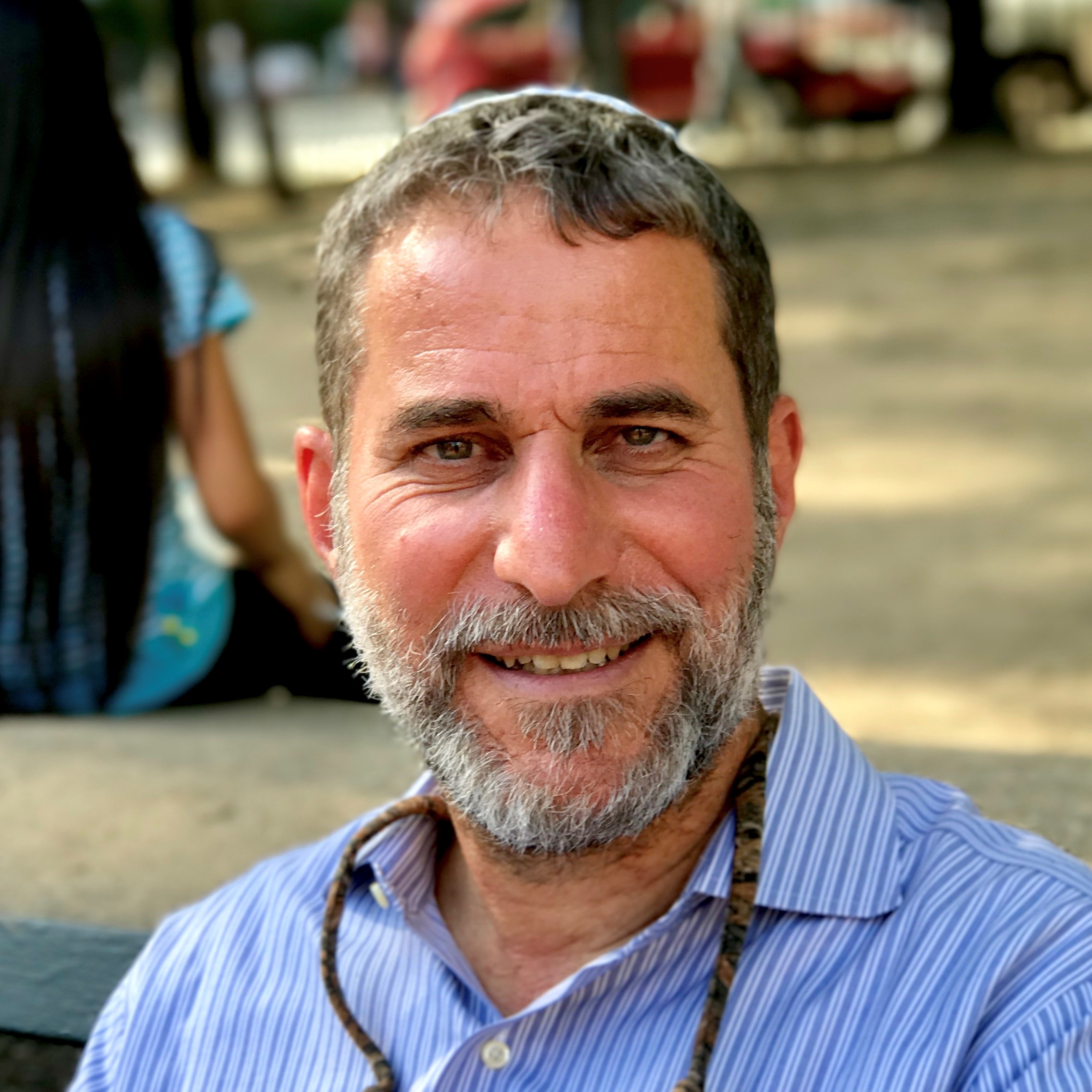Beit Midrash
- Torah Portion and Tanach
- Bamidbar
- Chukat
- Torah Portion and Tanach
- The Four Parshiyot
- Para
2. Communal vs. Individual Prayer
3. Communal vs. Individual Torah
OPPOSITE THE TENT
Each time we read this week's special Haftara, "Parshat Para," my Master and teacher, Rabbi Tzvi Yehuda Kook (of Blessed Memory) would make a point of stressing the significance of the location in which the Red Heifer is to be burned. The Torah states: "You shall take it (the Heifer) outside of the camp, and slaughter it ... Then, Elazar the High Priest should take some of its blood with his finger, and sprinkle that blood opposite the Tent of the Meeting; he should do this seven times." (Bamidbar 19)
The entire procedure must take place opposite the opening of "Ohel Mo'ed" - the Tent of the Meeting. The Beit Hamikdash, the Temple in Jerusalem, must also be built in a manner that permits its entrance to be viewed from the Mount of Olives, so that Red Heifer ritual can be performed across from the Temple entrance.
What is the significance of this halacha? Rav Tzvi Yehuda explained that any purification from ritual impurity (the product of contact with a dead body) must totally uproot the source of that impurity. This can only be done by connecting the impure person, who temporarily finds himself living separately from the main camp, with the holiness radiating from the Holy of Holies. Our sages teach us that "it is not the serpent that kills, but sin that kills." Purification from "Tum'ah" - ritual impurity - is achieved only by way of binding the "Tameh" person with the actual source of holiness. This process is not merely a negating of the subject's halachic status as someone who is "Tameh" - it is a means by which Torah guarantees the total uprooting of that impurity.
Furthermore, the very connecting of the entirety of the Jewish people, pure and impure alike, to the Tent of the Meeting, itself generates purity. In the merit of "Klal Yisrael" to whom the afflicted person cleaves, he purifies and sanctifies himself. Death and mortality - the halachic source of his impurity - only exist on the individual level; only individuals are mortal. The concept of "death," however, is inapplicable to the community, since the "Klal" - the people - is eternal.
COMMUNAL VS. INDIVIDUAL PRAYER
There is a well-known debate in the Talmud surrounding the issue of when God judges man. One view maintains that we are judged on a moment-by-moment basis - as it says in the verse, "You (God) test us by the moment." The accepted view is, however, that man is judged only on Rosh Hashanah, the Jewish New Year. If so, asks Tosfot, why do we pray every day? His answer: When the Jew joins communal prayer, and uses the terminology, "Bless Us, Heal Us, etc," then his personal prayer, his otherwise "private" tefillah, is truly communal in nature, the type of prayer that our sages tell us never goes unanswered. This theme is reflected in the verse: "[He answers] us whenever we call to Him." Indeed, the individual is judged once a year, but the community's status is assessed by God every hour, every minute; as such, the concept of communal tefillah is not time-bound, either. This is because the community transcends time, unencumbered by mortality. It follows, therefore, that in order for one to purify himself from the impurity generated by contact with death, he must connect himself to the entirety of the Jewish people - to "Klal Yisrael" - a spiritual entity transcending time and narrow mortal constraints.
COMMUNAL VS. INDIVIDUAL TORAH
The complete indwelling of the Divine Presence, the Shechina, and the proper receipt of the Torah can only truly take place when we are, as a nation, united, when we put aside our narrow, particularistic interests. In this vein, a Talmid Chacham (Torah Scholar) who has connected himself to the national fate of the Jewish people learns a different kind of Torah than his counterpart who has not. People may say, "Such-and-such a scholar may not have such a sense of belonging to the entirety of the people, but he still has tremendous analytical learning abilities and unique perspectives on Torah." It could be true that a given scholar is quite sharp, but, if he does not understand his Torah he learns against the backdrop of his membership in the People, his learning may very well remain external, superficial. The lifeblood of an authentic Torah approach is the learner's connectedness to "Klal Yisrael." Only through living out the value of "Asher Bachar Banu Mi'kol Ha'amim" - "Who Chose us from Among the Other Nations" - can we be assured that "Natan Lanu Et Torato" - "He gave us His Torah."
In introducing his work, "Shabbat Ha'aretz," Rabbi Avraham Yitzchak Kook (of Blessed Memory) discusses at length how a Talmid Chacham who ties his fate to that of Klal Yisrael has the power to gain new insights into Torah, understandings that directly derive from his linkage to our national essence. Rav Kook notes that there are some insights into Torah for which the normal analytical tools of an individual Talmid Chacham are insufficient. Our path, then, is the path of the "holistic scholar." Our task is to contribute to Torah study by unifying the various sectors of our nation, and by promoting an inclusivistic vision of our present, and of our ultimate destiny as a nation.























